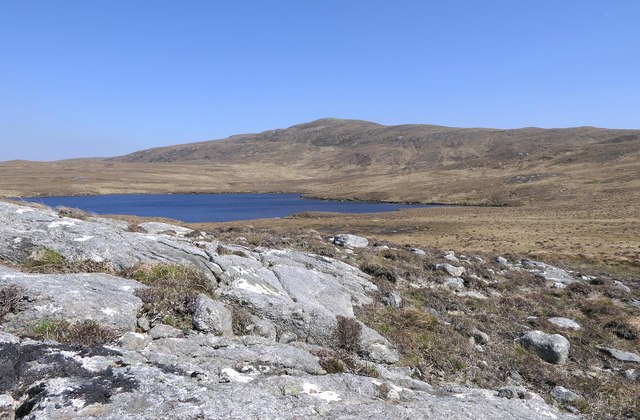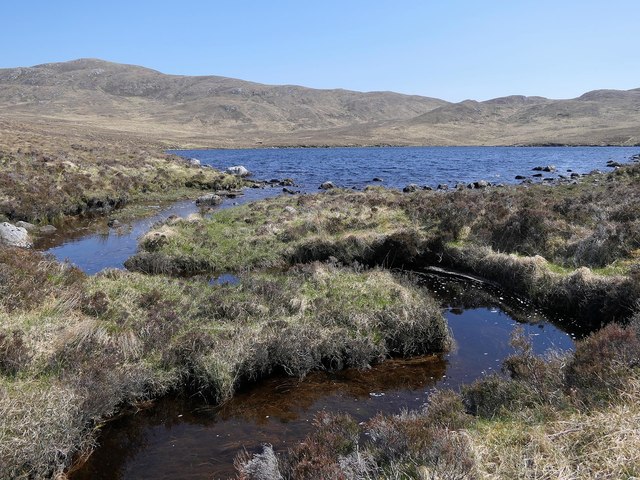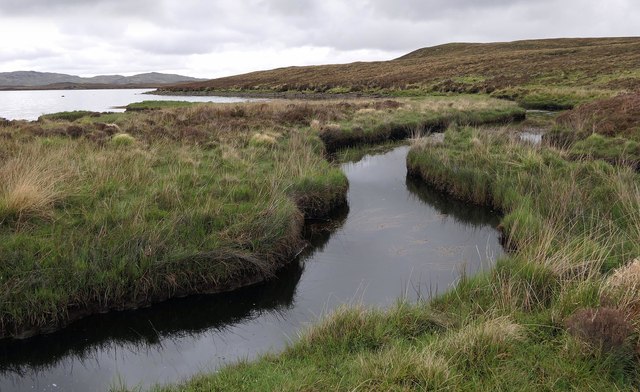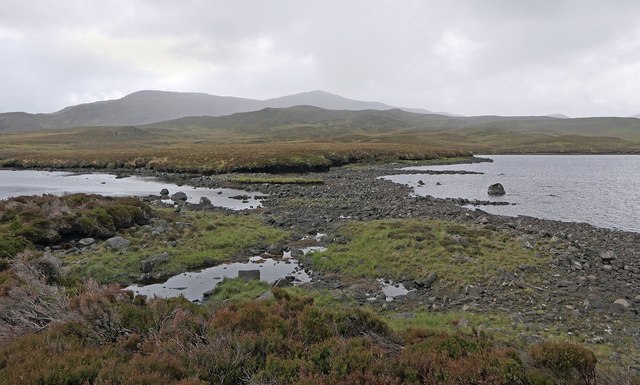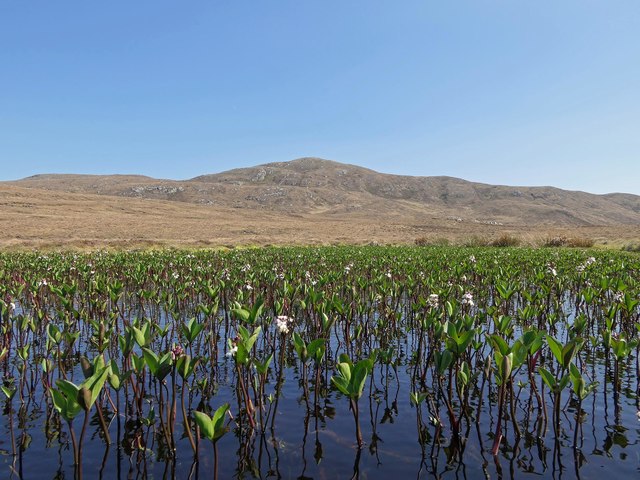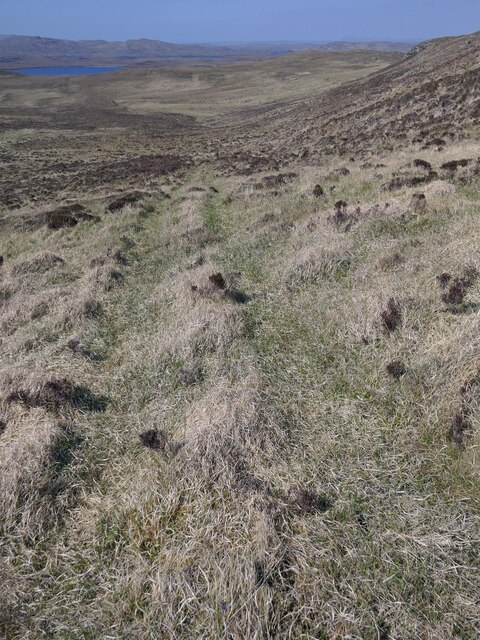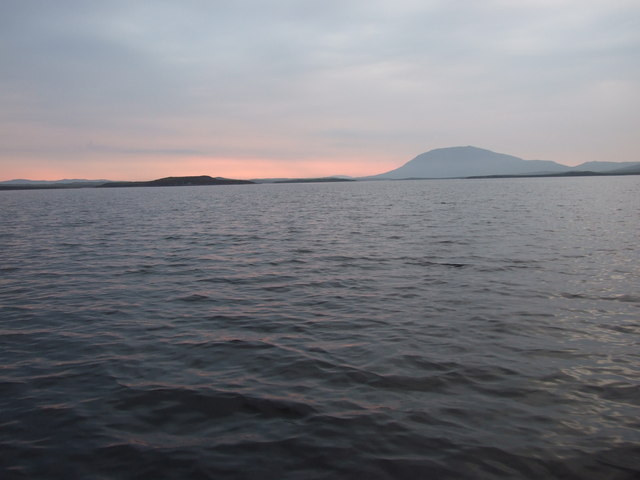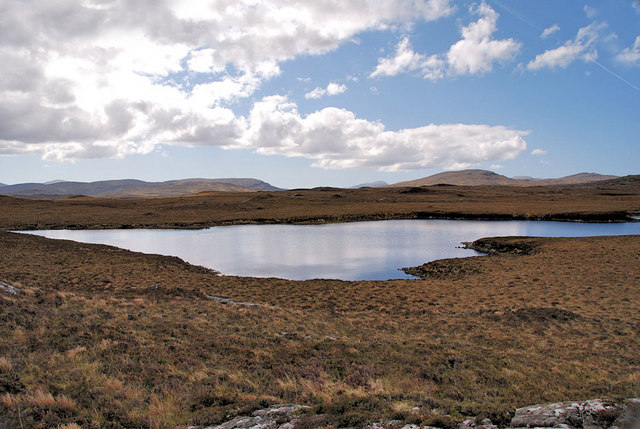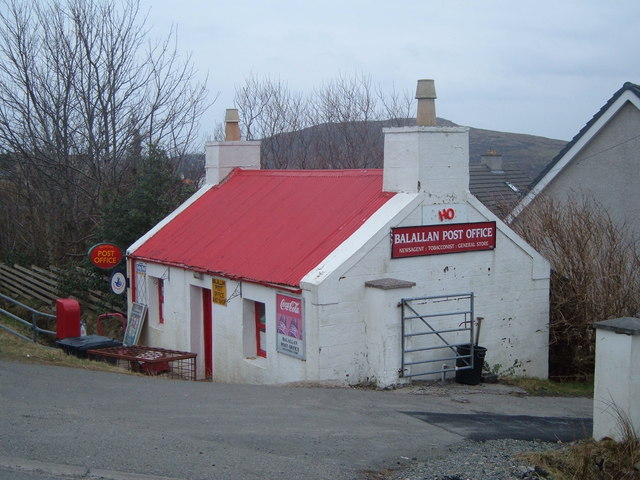Rubha Mòr
Landscape Feature in Ross-shire
Scotland
Rubha Mòr
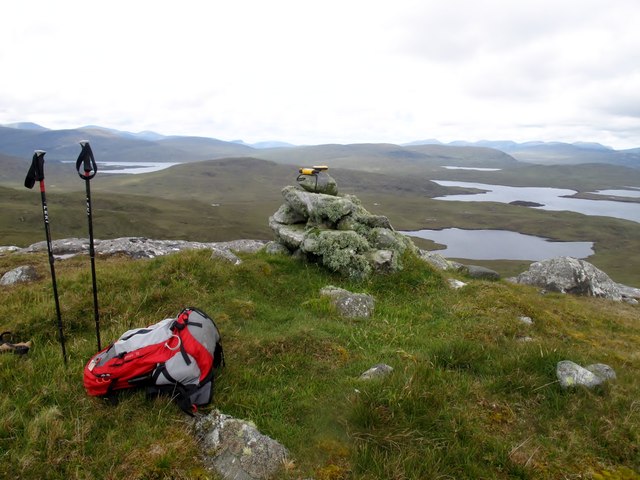
Rubha Mòr, located in Ross-shire, Scotland, is a prominent landscape feature that captures the essence of the region's natural beauty. Situated on the northwest coast of Scotland, Rubha Mòr is a peninsula that juts out into the Atlantic Ocean, offering stunning panoramic views of the surrounding area.
The peninsula is characterized by rugged cliffs, reaching heights of up to 200 meters, which provide a dramatic backdrop to the rugged coastline. These cliffs are home to a variety of seabirds, including guillemots, kittiwakes, and puffins, making it a popular spot for birdwatching enthusiasts.
In addition to the cliffs, Rubha Mòr boasts beautiful sandy beaches and hidden coves, providing a tranquil setting for visitors to relax and enjoy the peacefulness of the area. The crystal-clear waters that lap against the shores of the peninsula are teeming with marine life, making it a popular destination for snorkeling and diving enthusiasts.
The landscape surrounding Rubha Mòr is also rich in history, with ancient ruins and standing stones scattered throughout the area. These remnants of the past add an air of mystery and intrigue to the already captivating scenery.
Access to Rubha Mòr is relatively easy, with a well-maintained footpath leading from the nearby village. However, it is important to note that the terrain can be challenging in some areas, so sturdy footwear is recommended.
Overall, Rubha Mòr is a must-visit destination for nature lovers and those seeking a tranquil escape in the heart of Scotland's stunning landscape.
If you have any feedback on the listing, please let us know in the comments section below.
Rubha Mòr Images
Images are sourced within 2km of 58.080973/-6.7562666 or Grid Reference NB1920. Thanks to Geograph Open Source API. All images are credited.
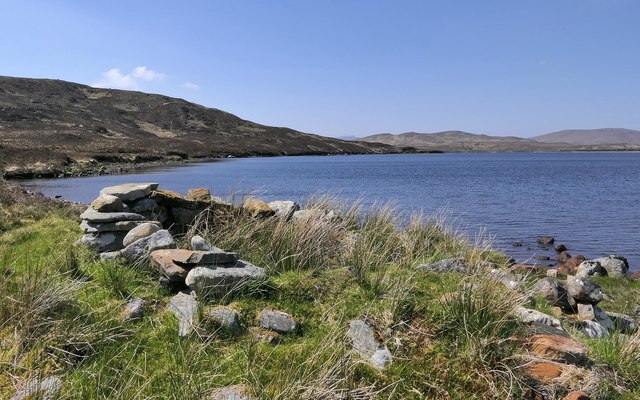
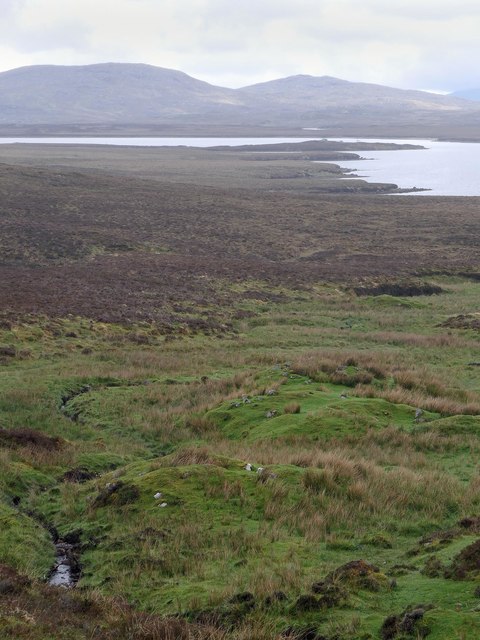
Rubha Mòr is located at Grid Ref: NB1920 (Lat: 58.080973, Lng: -6.7562666)
Unitary Authority: Na h-Eileanan an Iar
Police Authority: Highlands and Islands
What 3 Words
///cosmetic.stated.activates. Near Leurbost, Na h-Eileanan Siar
Nearby Locations
Related Wikis
Eilean Mòr, Loch Langavat
Eilean Mòr is an island in Loch Langavat on the Isle of Lewis in the Outer Hebrides of Scotland. == Footnotes ==
Airidh a' Bhruaich
Airidh a' Bhruaich (Arivruaich - anglicised) is a scattered crofting township in the South Lochs district of the Isle of Lewis in the Outer Hebrides of...
Balallan
Balallan (Scottish Gaelic: Baile Ailein, Bail' Ailein), meaning "Allan's Town", is a crofting township on the Isle of Lewis, in the Outer Hebrides, Scotland...
Gisla Hydro-Electric Scheme
Gisla Hydro-Electric Scheme was a small scheme promoted by the North of Scotland Hydro-Electric Board on the Isle of Lewis, Outer Hebrides, Scotland. It...
Nearby Amenities
Located within 500m of 58.080973,-6.7562666Have you been to Rubha Mòr?
Leave your review of Rubha Mòr below (or comments, questions and feedback).
